
Have you ever wondered if you’re taking your vitamin D the right way? It turns out, a lot of us might be making some common mistakes that keep us from getting the full benefits of this super important vitamin. This article will clear up some of those misunderstandings, share the real facts, and help you understand how to properly take vitamin D for your health.
✨Why Vitamin D Matters So Much
Vitamin D is a big deal for our bodies. It’s involved in over 10% of our genetics, which is pretty amazing when you think about it. It’s also a fat-soluble vitamin, meaning it soaks into your body better when you take it with some fat, like olive oil or MCT oil. But here’s the kicker: vitamin D won’t work its magic unless you have enough magnesium.
➡️5. The Magnesium Connection
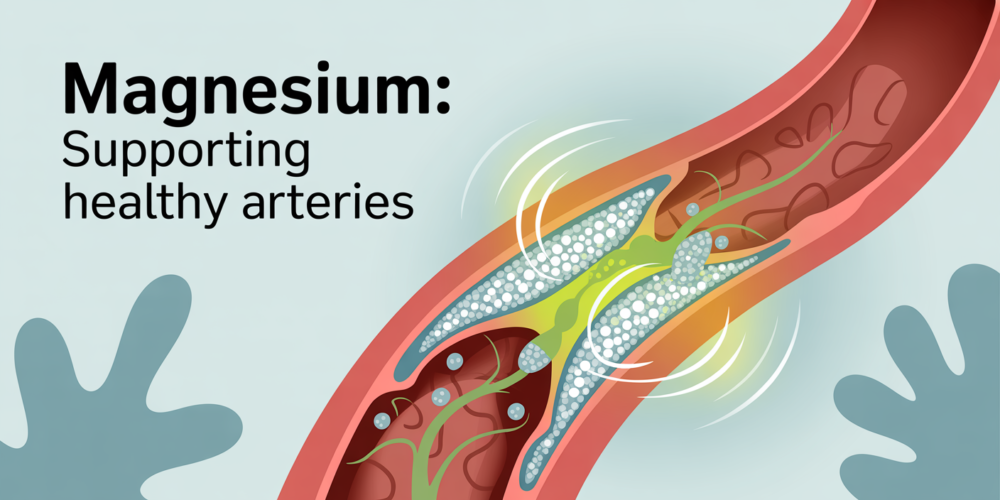
Magnesium is the second most important nutrient out there. It’s involved in more than 300 different enzymes in your body. One of its key jobs is to help control extra calcium that might build up in places like your arteries. So, if you’re taking vitamin D, you absolutely need to make sure you’re getting enough magnesium.
Choosing the Right Magnesium
Not all magnesium supplements are created equal. You definitely want to stay away from magnesium oxide because your body only absorbs about 3% to 4% of it, and it can often cause an upset stomach. A much better choice is magnesium glycinate. Your body absorbs about 80% of this type, and it can even help you sleep better if you take it in the evening. Magnesium citrate is another decent option.
The More Vitamin D, The More Magnesium
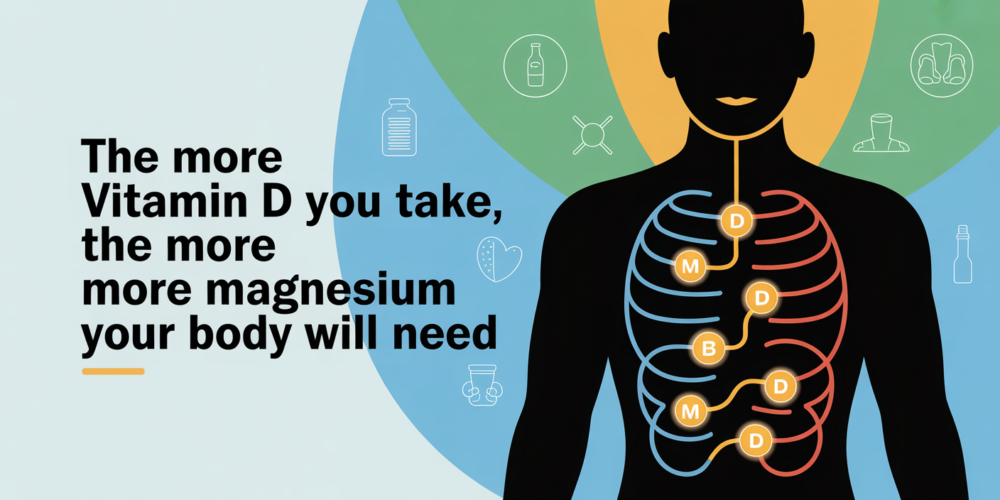
Here’s something important to remember: the more vitamin D you take, the more magnesium your body will need. Some people experience side effects when they start taking vitamin D, like nausea, heart palpitations, muscle cramps, or headaches. These aren’t usually from the vitamin D itself, but rather from a magnesium deficiency. When you take vitamin D without enough magnesium, your body has to pull magnesium from its reserves. If your reserves are already low, you’ll become even more deficient, leading to those uncomfortable symptoms. These symptoms might even be worse in the morning because that’s when your body’s magnesium levels are typically at their lowest.
⚠️Other Common Vitamin D Mistakes
Taking vitamin D isn’t just about the vitamin itself; it’s about a team of nutrients working together. Here are some other common mistakes people make:
➡️4. Forgetting Vitamin K2

Vitamin K2 is another super important partner for vitamin D. Think of it this way: vitamin D helps your body absorb calcium into your blood. But vitamin K2 is what makes sure that calcium goes to the right places, like your bones and teeth, and stays out of the soft tissues where it can cause problems. If you have a lot of calcium buildup in your arteries, the MK7 version of vitamin K2 is especially good. It’s also thought to be helpful for other things, like cancer. A good rule of thumb is to take 100 micrograms of vitamin K2 for every 10,000 IUs of vitamin D3.
➡️3. Skipping Zinc
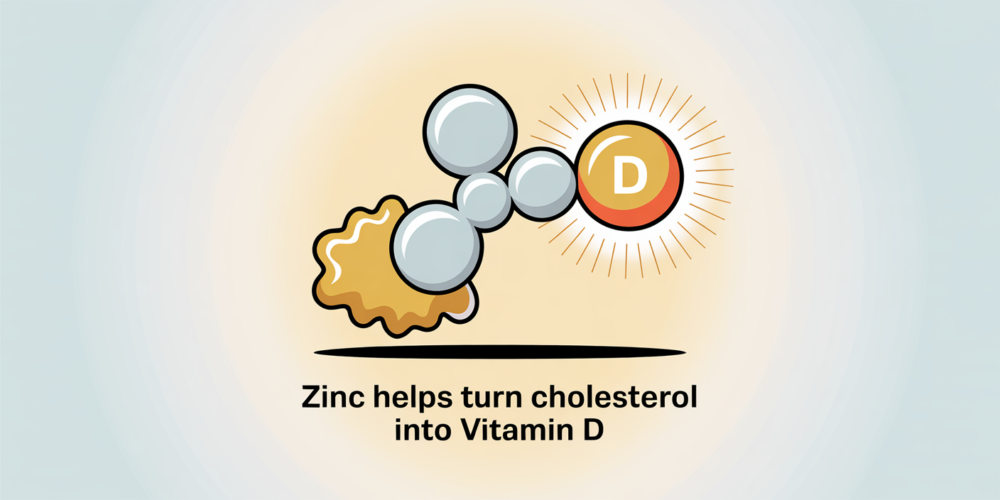
Zinc is another co-factor that plays a role in how your body uses vitamin D. One of its jobs is to help turn cholesterol into vitamin D. If you’re taking 10,000 IUs of vitamin D3, you should also aim for about 20 milligrams of zinc. Zinc does a lot of other things in the body too, including being important for all your sex hormones.
➡️2. Not Taking Enough Vitamin D3
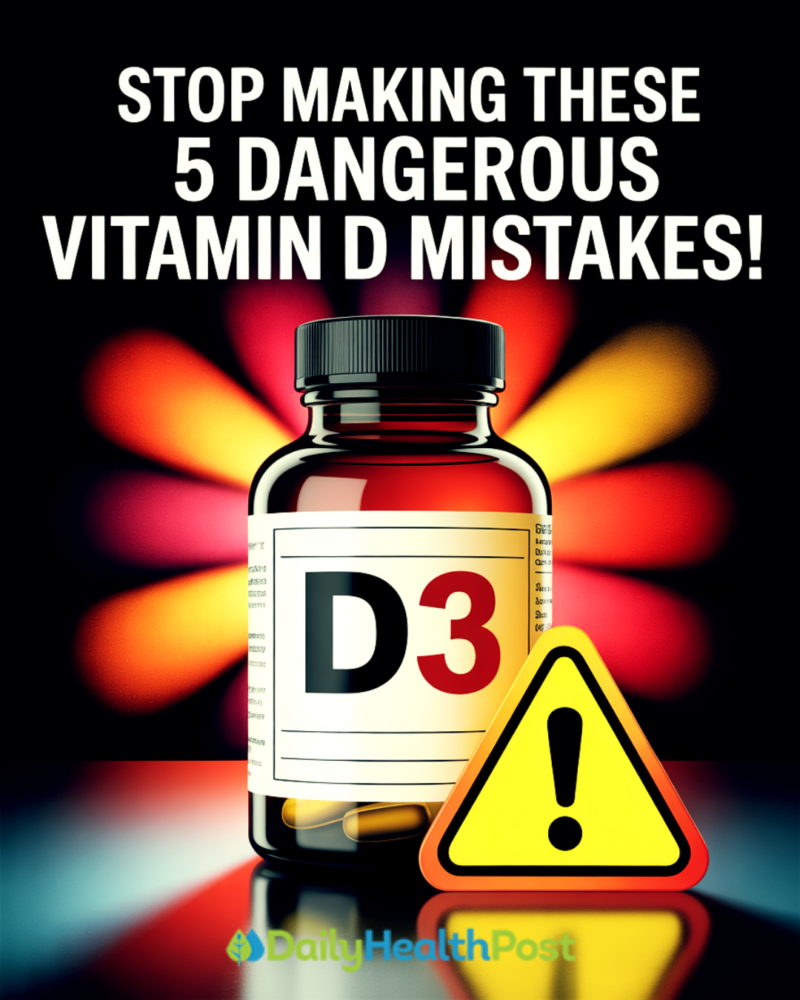
This is a big one! Many people don’t take nearly enough vitamin D3. The typical recommended amount, often between 600 to 800 IUs, just isn’t enough to make a real difference. You need a daily dose of at least 6,000 to 10,000 IUs of vitamin D3 every single day. Some studies might not show great results for vitamin D because they give it out once a week, once a month, or even once a year, which isn’t how your body uses it. Experts like Dr. Michael Holick, a pioneer in vitamin D research, recommend 10,000 IUs daily, and he says you won’t experience any toxic effects at that level. Dr. Bruce Hollis also takes 10,000 IUs of vitamin D3 every day.
💡Understanding Vitamin D Toxicity
There’s a lot of fear out there about taking too much vitamin D3, with talk about “toxic effects.” But if you look at the actual data, you would have to take hundreds of thousands of IUs of vitamin D3 every single day for months to develop any toxic effects. When you’re taking 10,000 IUs, or even up to 50,000 IUs, and you’re also taking your co-factors like magnesium, K2, and zinc, these nutrients actually help protect you against toxicity by controlling calcium levels.
If you’re taking very high doses of vitamin D3 (like over 30,000, 40,000, or 50,000 IUs per day, up to 100,000 IUs), there are some extra precautions. These aren’t toxic doses, just high amounts. You might want to avoid calcium supplements and foods that are very high in calcium, like dairy. Also, make sure you’re drinking plenty of water, about 2.5 liters a day. And always, always talk to your doctor before making big changes to your supplement routine, especially with high doses. They can monitor your vitamin D and calcium levels to make sure everything is okay.
➡️1. Vitamin D2 vs. Vitamin D3
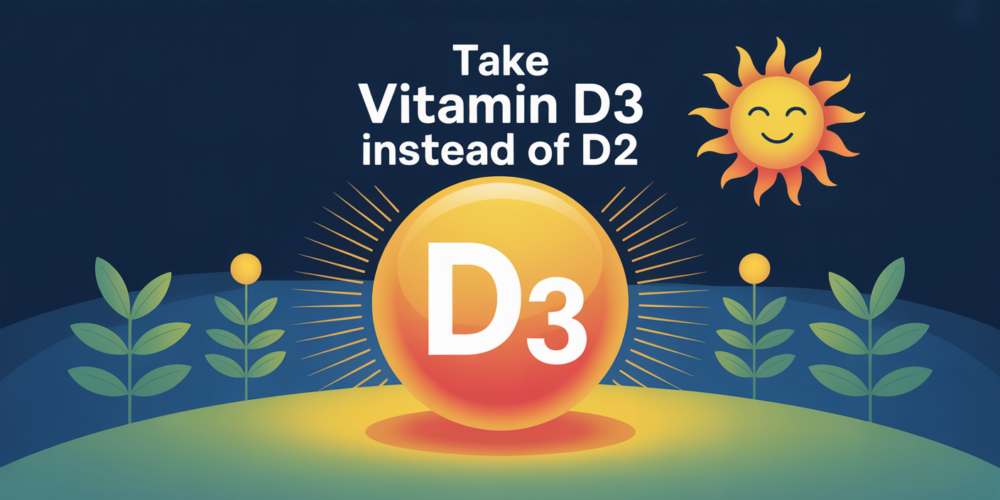
Another mistake is taking vitamin D2 instead of D3. Vitamin D2 simply doesn’t work as well as D3. You’d need a much higher amount of D2 to get the same effects as D3.
🩺Getting Your Vitamin D Levels Checked
It’s a good idea to get your vitamin D levels tested. When you do, try to take your last vitamin D supplement about three days before the test. This helps get a more accurate reading of your blood levels. Keep in mind that the vitamin D measured in your blood isn’t the active form. So, you could have what looks like a normal vitamin D level but still be very deficient in the active form of vitamin D deep inside your cells.
🔍Other Factors Affecting Vitamin D
- Medications: If you’re taking statins or steroids, these can mess with your body’s ability to make and use vitamin D. Statins, for example, lower cholesterol, and vitamin D actually comes from cholesterol.
- Sun Exposure: If you’re trying to get your vitamin D from the sun, the best time is between 10 a.m. and 2 p.m. You won’t get much vitamin D in the early morning or late afternoon. You need to expose a good portion of your body to the sun. If you do it right, you might get 10,000 IUs of vitamin D3 in about 20 to 30 minutes. Just be careful not to get burned; aim for a slight pinkness, then go into the shade. A tan is your body’s way of protecting itself with melanin.
- Iron: Vitamin D3 and iron can compete with each other, so if you’re taking both, try to take them at different times.
- Sunscreen: Most sunscreens block UVB rays, which are the ones you need to make vitamin D. But they often don’t block UVA rays, which are the ones that age your skin. So, you might be blocking your body’s ability to make vitamin D without fully protecting your skin from aging.
Hopefully, this helps you understand some of the common vitamin D mistakes and how to fix them. Taking vitamin D correctly, along with its important co-factors, can make a big difference for your health.
Source: Dr. Eric Berg, chiropractor

